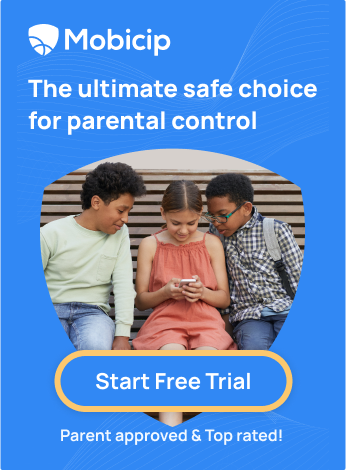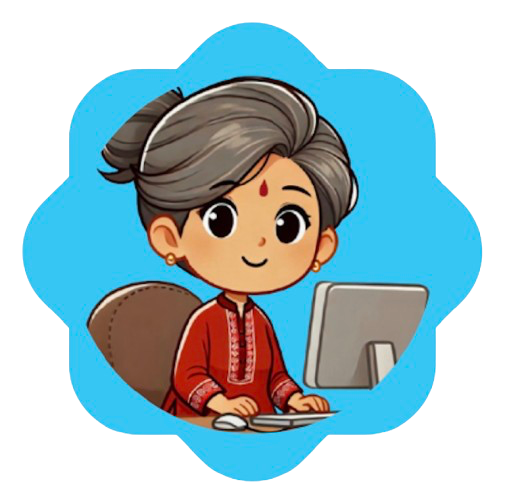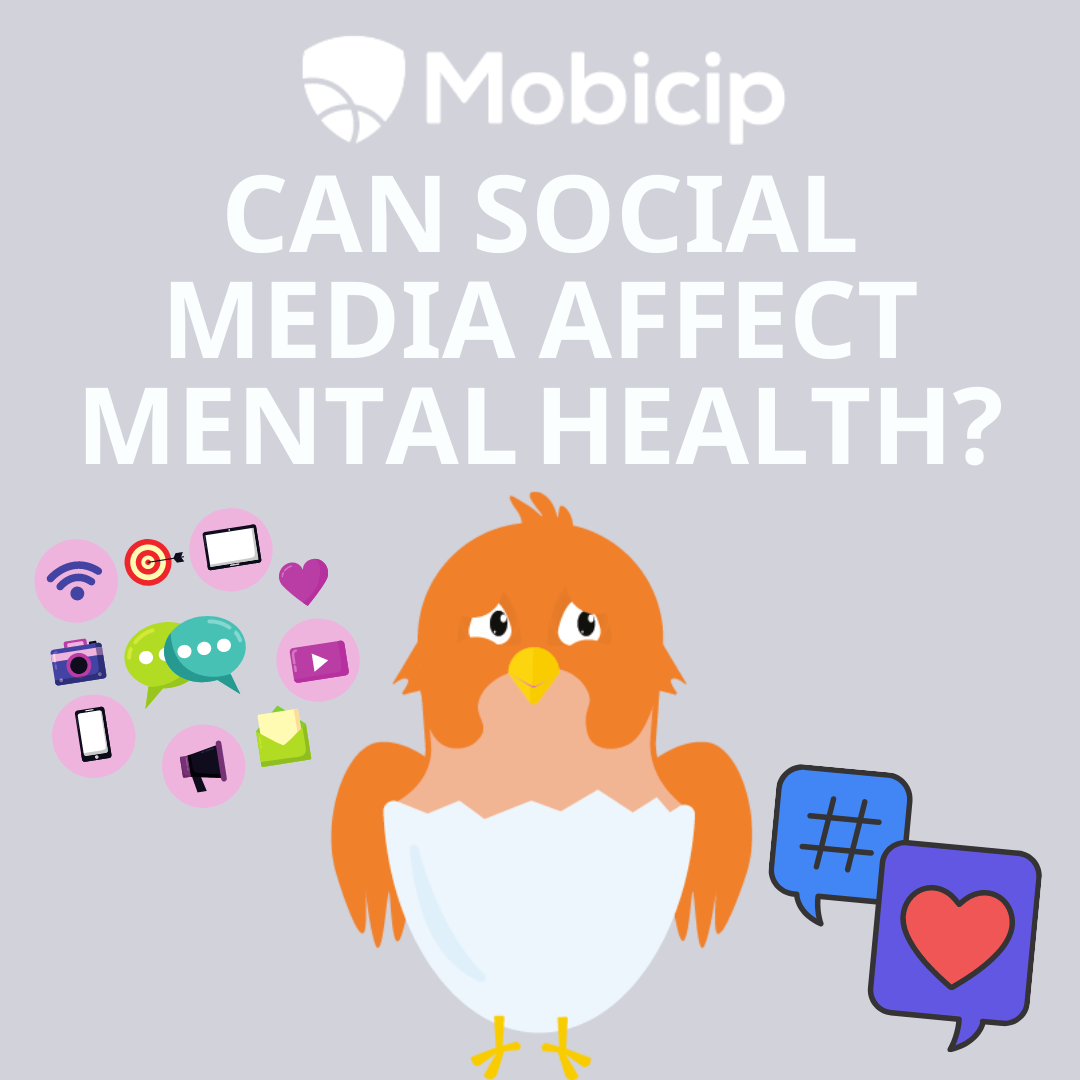What does PMOYS mean? Teen Texting Codes Every Parent Should Know
** This article was updated on August 6th 2024**
Teenspeak in the digital era
“WTH*” says my teen, as I pour water over her sleepy head. “KMN*”, she groans, when I remind her that online school starts in about thirty-six seconds, and says, “TSNF*”.
*What-The-He##, Kill-Me-Now, That’s-So-Not-Fair
Living with a teenager teaches me that this breed of literary genius can write entire epics without using vowels. Of course, the rest of us would require a dictionary, sorry, apps to translate it into a language that we know. For example, did you know what PMOYS means? It means “put me on your story” or “put me on your Snapchat” and is often requested by someone to showcase their relationship or friendship with another person.
If that sets you searching for the meaning of the word “Snapchat”, I SMH (Shake My Head) at your abject ignorance. But beware, SMH may take on sinister sexual meanings depending on the context – it also stands for “Sex May Help”. This field has become so complicated that digi-speak can mean different things in different contexts, and you might want to be careful when using them. While OFC is innocently used for “Of course”, it also takes on sexual connotations – “Orgy F*** Club”, and you’d certainly don’t want to be meaning that when you are concurring with someone.
It’s My Pleasure (or IMP if you are on Instagram) to enlighten you on such important matters. Now you wouldn’t have to google “What does IMP mean on Instagram” – your answer is right here.
Jokes aside (or BSF**), the use of abbreviations – some of which may even contain vowels – OMG**, has become the hallmark of the current adolescent generation, even when talking vocally and not just texting and chatting online.
**But-Seriously-Folks, Oh-My-God
I am not a digital savage. Back in the nineteen-nineties (“dark ages”), when I was just dipping my feet into digi-speak, I signed my emails with “TTYL***”, and my best friend wondered if I was sassing him as “Take That You Lout”. But, for a woman that spent most of her formative years under Catholic nuns who frowned if she ended sentences with prepositions, it is hard to accept the rapid proliferation of digital-teenspeak, instinctively judged as degradation of language. And when she is a copyeditor by profession, the use of “u” for “you” in a formal document becomes 2M2H***. Of course, Shakespeare would have tut-tutted at my own language skills and said “killeth me anon”.
*** Talk-To-You-Later, Too-Much-To-Handle
Laughter could be the best medicine. Or not.
Perhaps the most common digital abbreviation throughout the world, and in almost any language has to do with laughing. While LOL (Laugh-out-loud), ROFL (Roll-on-the-floor-laughing) and excuse the profanity, LMAO (Laughing-my-ar$^ -off) are now pretty common expressions that don’t need translators, there are a few more that do –
- BWL (Bursting-with-laughter),
- CSL (Can’t-stop-laughing),
- CTHU (Cracking-the-he##-up),
- FOMCL (Falling-of-my-chair-laughing),
- LBAY (Laughing-back-at-you),
- LBS (Laughing-but-serious),
- LHO (Laughing-head-off)
- LMT (Laugh-in-my-tummy)
- LLS (Laughing-like-silly)
- LMBO (Laughing-my-bu##-off)
- LOLH (Laughing-out-loud-hysterically)
- LQTM (Laughing-quietly-to-myself)
- LOTI (Laughing-on-the-inside)
- LTS (Laughing-to-self)
and, I promise I am not making this up:
ROTFLDICAJTTWADBSIHPWTRHITSBKABAYB: Rolling-On-The-Floor-Laughing-Dancing-In-Circles-And-Jumping-Through-The-Window-Almost-Dying-By-Smashing-Into-HP-Who’s-Then-Running-Horrified-Into-The-Street-Being-Killed-Accidentally-By-A-Yellow-Bulldoze.
Different platforms have their own characteristic lingo, I understand. We already saw PMOYS referring to snapchat. Another commonly used abbreviation in Instagram is LMP (like my picture), it’s always GTK (Good to know, but I made that last one up, perhaps it would catch on). If AFK (Away from Keyboard) is legit in the gaming domain, why not GTK?
The Positive Aspects Of Digital Slang
When our kids use slang, they’re flexing their creative muscles, coming up with inventive ways to express themselves. It’s watching them paint a picture with words, even if they sound strange to our ears! They’re not just speaking a language; it fosters a sense of community. They’re connecting with peers who “get” them, building friendships and bonds over shared jokes and expressions.
Understanding teen slang isn’t just about decoding messages; it’s about building stronger relationships with our kids. When we take the time to learn their language, we show them that we’re interested in their world. It opens up lines of communication and helps bridge the generation gap. Plus, it’s a great excuse to embarrass them with our attempts at using their slang! Imagine saying GOAT***** or YOLO***** in a totally uncool way—it’s guaranteed to get some eye rolls and laughs.
*****Greatest-of-All-Time, You-Only-Live-Once
Slang isn’t just about communication; it’s also about self-expression. Our kids use it to show off their personalities, to be witty and funny. Digital slang is full of puns, wordplay, and clever twists in language. Sure, some might make us scratch our heads at first, but once we get the joke, it’s pure gold.
When must parents worry?
But digital teenspeak is not all fun and games. Adolescents often use coded language to communicate amongst peers behind their parents’ understanding. Such words can often offer hints at indulgence in forbidden or even dangerous activities.
2024 Teen Slang Meanings for Parents
Some specific sexual codes that a parent should know are:
- 53X = Sex
- LH6 = let’s have sex
- MOS = mom over the shoulder
- POS = parent over shoulder
- CD9 = code 9, parents around
- GNOC = get naked on camera.
- 99 = parents are gone
- WTTP = want to trade photos?
- LMIRL = let’s meet in real life.
- 1174 = meet at a party spot
- IWSN = I want sex now
- CU46 = see you for sex
- FWB = friends with benefits
- ADR = what’s your address
- MPFB = my personal f*** buddy
- DTF = Down to f*ck
- PAL= parents are listening
- GYPO = get your pants off
- Smash = casual sex.
- Thirsty = desperate for something, usually sex.
- Beat cake = a search-engine proof euphemism for rough sex
- Body count = number of people one has slept with
- WAP = wet ass p#*sy
- TDTM = talk dirty to me
Some non-sex related, dangerous nevertheless, code words used by adolescents are:
- BMS = Breaks My Scale. Used to rate someone as cool.
- Bae = Someone a teen has a crush on
- 4:20=Smoking cannabis
- KMS = kill myself
- KYS = kill yourself
- TWD = texting while driving
- FYEO/4YEO = For your eyes only (may indicate explicit photos)
- KPC = Keeping parents clueless
- NSFW = Not safe for work
Researchers and the general public often show significant apprehension about the potential legal consequences of sexting. Further, youth may be unaware of the consequences and the permanency of their digital footprints, or may be indifferent to them. But on a lighter and not-so-dangerous note, teenagers can yeet (throw) out the feels (feelings), to understand the lit (popular) words, so that they can slay (doing something very well) and ya da real MVP (I don’t even want to translate that one).
Mental Health And Online Language
You know, those little phrases like KMS***** or CUTS***** might pop up in our kids’ chats or social media posts. Now, I know it might seem like just harmless slang, but it could actually be a red flag for something more serious.
*****Kill-Myself, Self-Harm
When our kids use language like this, it can be a sign that they’re struggling with their mental health. It’s their way of reaching out for help, even if they don’t come right out and say it. So, as parents, it’s important for us to pay attention and address these concerns.
Now, I’m not saying we need to go full-on detective mode and start snooping through our kids’ messages. That’ll just make them feel like we’re invading their privacy. Instead, let’s keep the lines of communication open. Talk to your kids about mental health in a casual way, like you’re chatting about the weather or the latest Netflix binge.
You could say something like, “Hey, I noticed you’ve been using some phrases that sound kinda heavy lately. Everything okay?” Keep it light and non-judgmental, like you’re just checking in to see how they’re doing. And if they brush it off or say everything’s fine, don’t push too hard. Just let them know you’re always there to talk if they need to.
Of course, if you notice any other signs that your kid might be struggling, like changes in behavior or mood, it might be time to have a more serious conversation or even seek professional help.
Social Media and Digital Slang
Trendy words and phrases seem to pop up out of nowhere, and suddenly, everyone’s saying them. Well, a big part of where these slang terms come from and how they spread is through platforms like Instagram and TikTok. Instagram, along with sharing photos and videos, is where a lot of slang starts.
Think about it: when someone posts a funny meme or a clever caption, it can quickly catch on and spread like wildfire. Before you know it, everyone’s using that same slang term (#hashtags), whether posting selfies or sharing pictures of their pets. Now, while there’s a lot of fun and creativity that comes with these platforms, it’s important to consider the potential downsides and how they can impact our children.
While some slang might initially seem harmless or even funny, it can also have negative implications. Certain slang terms might promote unhealthy behaviors or perpetuate harmful stereotypes. Because social media moves at such a rapid pace, it can be hard for parents to keep up and monitor what their kids are exposed to.
Plus, there’s the issue of cyberbullying. Slang can sometimes be used as a tool for bullying or harassment, especially when it’s directed at someone who doesn’t understand or can’t keep up with the latest trends. This can seriously impact a child’s self-esteem and mental well-being. It’s something we need to be mindful of as parents.
GFY – Go-F*ck-Yourself, GNOC – Get-naked-On-Cam
So, what can we do to address these concerns? We need to educate our children about the importance of using language responsibly and treating others with kindness and respect. Setting some boundaries and guidelines around social media usage is also a good idea. Encourage your kids to take breaks from their screens and engage in activities that promote social interaction and healthy communication skills.
Multicultural Influences Impacting The Evolution of Teen Slang
Digital slang isn’t limited to one language or culture—it’s like a big melting pot where different influences come together to create something totally unique. In today’s interconnected world, our kids are exposed to other cultures and languages through travel, social media, or hanging out with friends from various backgrounds. All of these influences leave their mark on the slang they use.
For example, take the word “lit”. Sure, it might have originated in African American Vernacular English (AAVE), but it’s now used by teens all over the globe.
Lit – cool or awesome
When a captivating new phrase or trend emerges, it’s not confined to a single nation or culture. It can soar on a global scale, effortlessly traversing linguistic and cultural barriers. When our children use slang influenced by various cultures and languages, it’s a powerful testament to our shared humanity and interconnectedness, regardless of our origins or native tongues.
The Future of Language: Digital Slang
Our kids use those LOLs, OMGs, and emojis like second nature. Believe it or not, they are shaping the way we communicate in the years to come.
Think about how much our language has evolved over time. From hieroglyphics carved in stone to Shakespearean sonnets to today’s slang-filled texts and tweets, language is constantly changing and adapting to the world around us. And digital slang is just the latest chapter in this ever-evolving story.
Just like how slang words and phrases from previous generations eventually made their way into the mainstream, digital slang is carving out its own space in our linguistic landscape. In fact, digital slang might actually be paving the way for more efficient and expressive communication. Think about how emojis can convey complex emotions with just a few keyboard taps or how acronyms like “BRB” and “TTYL” save us precious time in our fast-paced world.
BRB – Be-Right-Back, TTYL- Talk-To-You-Later
While digital slang can be fun and creative, there are also some potential downsides, especially for children and society as a whole. Relying too heavily on slang can hinder our kids’ ability to communicate effectively in more formal settings, like school or work. If they’re used to expressing themselves in short, casual phrases, they might struggle to articulate their thoughts and ideas clearly and coherently.
.
Language is like a muscle—it needs to be exercised regularly to grow and develop. But if our kids are spending all their time communicating in shorthand and abbreviations, they might not be getting the practice they need to build strong language skills.
Digital slang can sometimes be exclusive, with certain terms and phrases only making sense to particular groups or communities. This can create barriers to communication and make it harder for people to connect on a deeper level.
So, as parents, it’s important for us to strike a balance. We can encourage our kids to embrace digital slang as a fun and creative form of expression but also remind them of the importance of clear and effective communication. We can encourage them to use slang in moderation and be mindful of how others might perceive it.
The Science Of The Lingo
The science of spread of slang has puzzled linguists and anthropologists in the past. Not anymore. The Internet has made it easier to trace the origin and spread of digital slang. Jacob Eisenstein and his colleagues at the Georgia Institute of Technology analysed 30 million tweets sent from different locations in the U.S. and in a paper, titled “Diffusion of Lexical Change in Social Media”, showed that language change spreads rapidly across social network connections, especially among people who are socially similar and geographically close (“homophilous”).
There are many sites and apps that can be used to translate digital-teenspeak into English. But while we oldies train ourselves to learn to understand teenage talk (never to use them, I hope), it is also important for our teens to understand that new lingos must liberate, and not restrict them. A disturbing study has shown that a majority of teenagers today use a vocabulary of just 800 words, teenspeak included, as against a 40,000 words they should have learned to use by the time they reach 16. Lancaster University linguistics professor Tony McEnery found that one-third of most teenage speech comprises 20 common words like “yeah,” “no,”, “like” and “but.”
“It is inevitable”, I conclude, quoting the words of the Georgia Tech Research paper, “that the norms of written language must change to accommodate the new ways in which writing is used.” The words of the philosopher writer Alan Watts rings true – “The only way to make sense out of change is to plunge into it, move with it and join the dance”.
Writing credit: Authored by Lakshmi, a Mobicip mom who researches extensively on digital citizenship and internet safety.
Keep in touch with the latest on parenting, technology, and education. Subscribe to the Mobicip newsletter. Learn more at www.mobicip.com.







